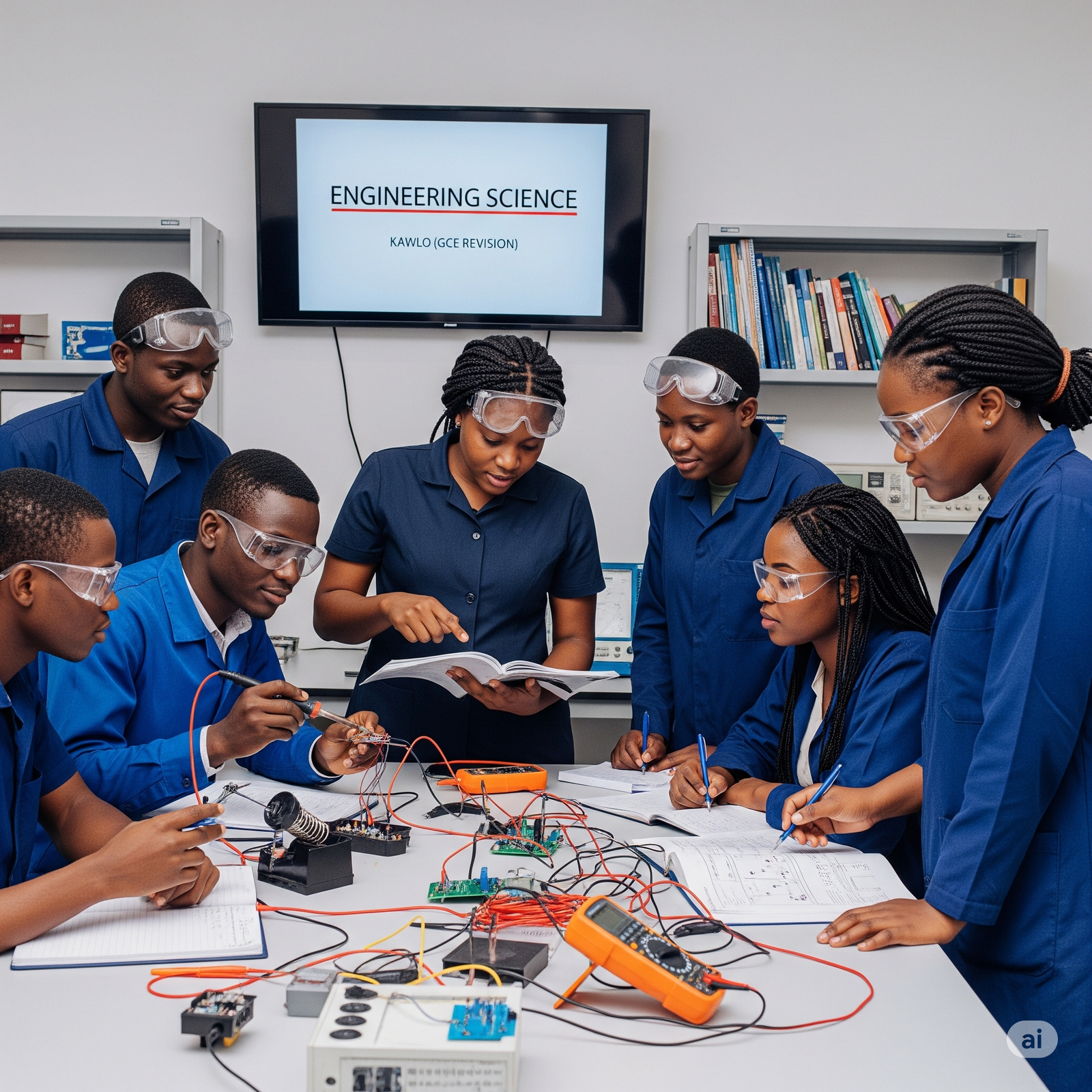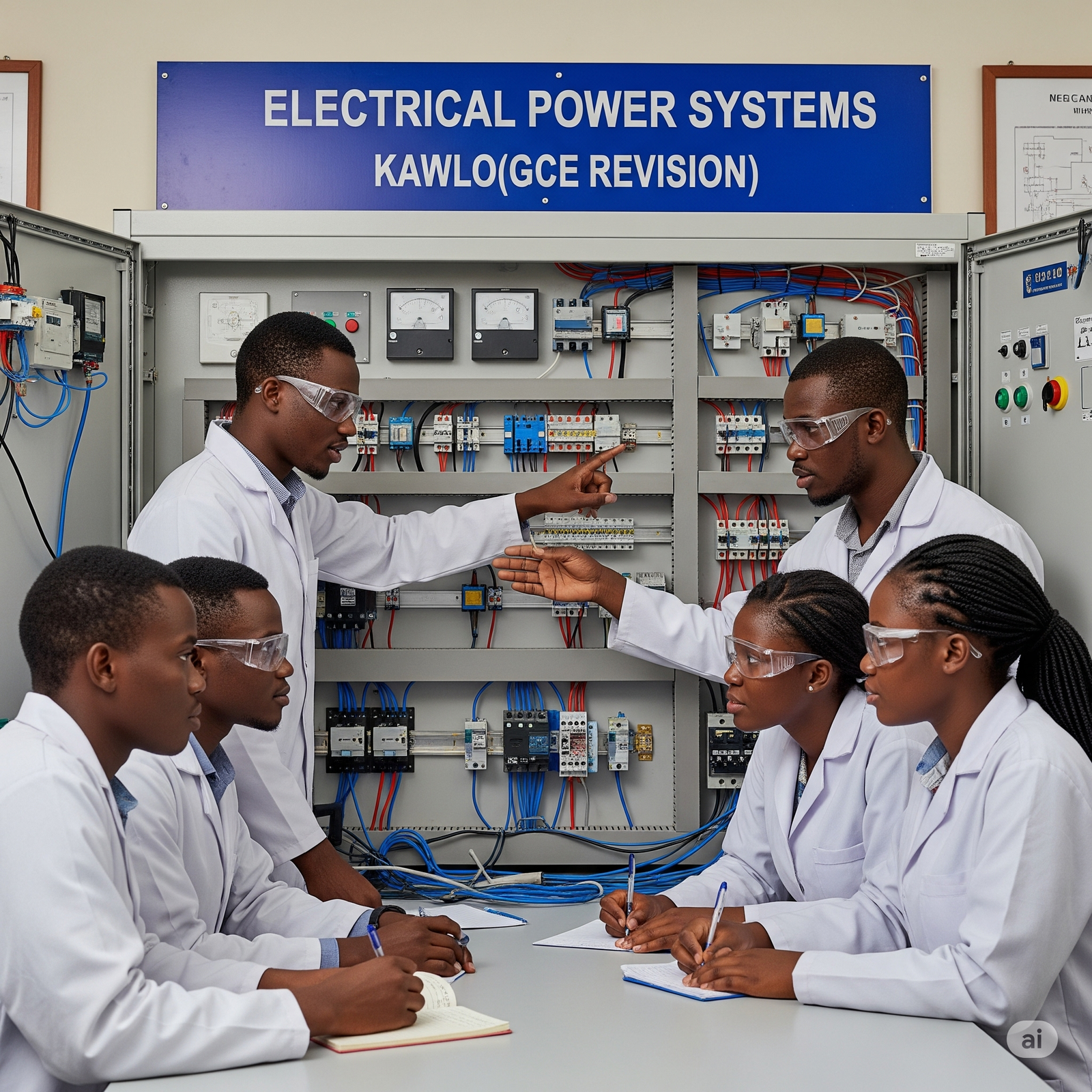monitoring and control systems
In our society nowadays, there is a massive increase in complexity of modern electronic systems in industries, medical fields, transportation, educational, domestic sectors for efficiency and easy performance purpose. For this reason, this area strongly demands some monitoring and control methodologies. Below will briefly provide to you an overview of monitoring and control systems, their applications, benefits, basic composition, fundamental properties and practical application.
Definition of terms
Monitoring systems:
A monitoring system are simply electronic equipment (hardware), software or both technologies that monitors the operation of an entity continuously and warns of trouble. the term monitoring simply means keeping an entity under observation.
Control systems:
A control system are devices that manages, directs or regulates the operation of other devices. These systems could still be hardware, software or both. The term control simply means to direct or determine the behavior of an entity.
Classes of control systems
There are basically three classes of control systems
- Sequential controls: a control system where individuals are controlled in an order or condition, one step at a
- Feedback control: A control system dealing with reports used by managers to carry out further functions to ameliorate the function of a
- Fuzzy logic: (a combination of sequential and feedback controls).
Devices used in monitoring and control systems.
With the advance research in the IT field there has being a great improvement in the developing of many devices used in the MCS like switches, sensors, actuators, transducers, backup generators, alarm systems, firmware, and embedded systems. A few will be discussed below.
1. Switches:
A switch is an electrical component that can break an electrical circuit, interrupting the current or diverting it from one conductor to another which can be manipulated by a human (as a control signal to a system) or by a device. A switch can operate automatically to control motions for example to indicate if a garage door has reached its fully open position. Moreover, they can operate by process variables of pressure, temperature, voltage, force acting as sensors used to automatically control a system.
For example, a thermostat is automatically-operated switch used to control heating process. A switch that is operated by another circuit is called a relay.
2. Sensors:
A sensor is a device that detects an external stimulus (e.g. heat, pressure light or movement) and responds to it in a distinctive manner. For example, a sensor can detect
the presence of an individual and immediately trigger the switch on light or open door gate.
3. Actuator:
An actuator is a device that receives electrical or mechanical energy and produces movement (actions).
4. Backup generators and transducers:
A backup generator is simply an emergency unit used in case of power failure. A transducer is a device that converts one form of energy to another.
5. Alarm systems:
An alarm system is any mechanism that produces an automatic signal (usually a sound) indicating the potential occurrence of an undesirable event. There can be used in case of security or message transmission.
6. Embedded systems:
An embedded system is a device or hardware which is designed to perform some single functions.
7. Automation and feedback:
Automation is a technology that exhibits self-regulatory capabilities. It operates sometimes without human intervention and uses most of artificial intelligence. Feedback is simply the process in which part of the output of a system is returned to its input in order to regulate its further output.
8. Software:
Most software used in MCS to control hardware and other software. The programs are usually embedded in hardware to form what is known as firmware.
Benefits of Monitoring and control systems
Monitoring and control system are beneficiary to us in the following ways
- Improve the reliability of the process running on the facility
- Increases the performance of the facility
- Facilitate the maintenance of the facility
- Enhance public safety (e.g. by using alarm systems)
- Reduce the running cost of the facility;
- Extend lifespan of facility components
- Limiting the number of workers thus saving money
- Improve the accuracy of the facility
- Facilitate the interaction of workers with the facility
- Increase the flexibility of the facility
- Improve on the speed of operation of the
Practical applications of monitoring and control systems
Monitoring and control systems are used in many areas of our society and some most common applicable areas are.
Computing: in computing, MCS can be used in keeping track of CPU usage and frequency, the amount of RAM, displaying items like free space on one or more hard drives, the temperature of the CPU, the presence of viruses in computer systems and networking information.
Homes: In Homes MCS can be used electrical energy management, security network management, temperature management, security network management and temperature management. This system facilitates the management process, rendering them more reliable and effective.
Transportation: from vehicles counts and speed measurement to flow control and journey time measurement, a monitoring and control systems can be used to improve traffic management. New technologies capabilities of monitoring systems have become necessary for seaport and airport administrators.
medicine: in the medicine field patients can be controlled anywhere they find themselves and feedbacks are set back to the hospital which the medical doctors can intervene in case of critical reports from the various sensors. Intelligent monitoring devices can also keep track of health issues and data from patient can be displayed as graph or numeric on monitoring if necessary.
Industries: the continuous use of raw materials and other inputs in an industry can be notified when exhausted using some sensors and other devices. They can send alert when raw materials are about to get exhausted. Machines to in industries can also be monitored in case of failure.
Agriculture: Monitoring are also used in Greenhouse. A greenhouse is a building with glass walls and roof; for the exhibition of plants under controlled conditions. Good crops management depends on having the right information to make necessary decisions. To improve crop management, a number of sensors and instruments should be used to gather information. A computer control can then use this data to make regular adjustment settings to optimize growing condi














